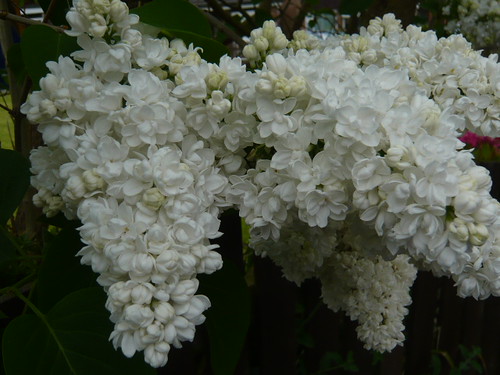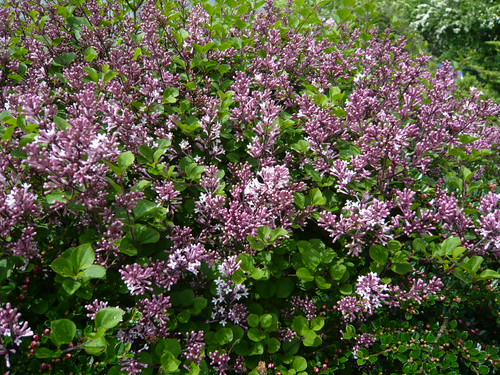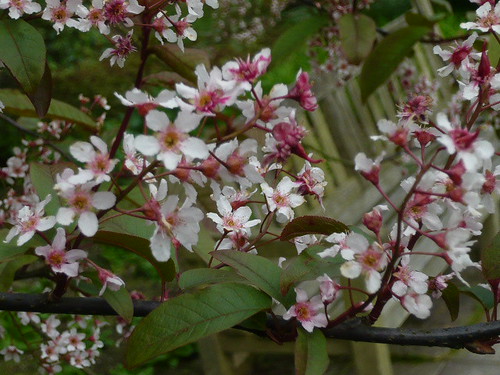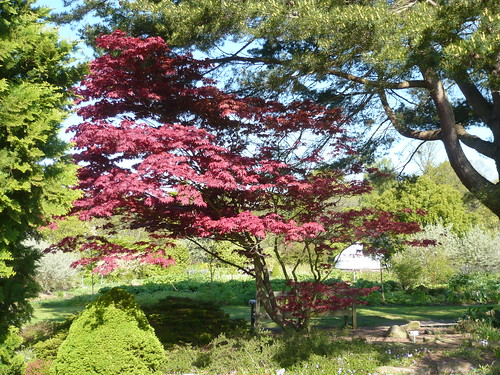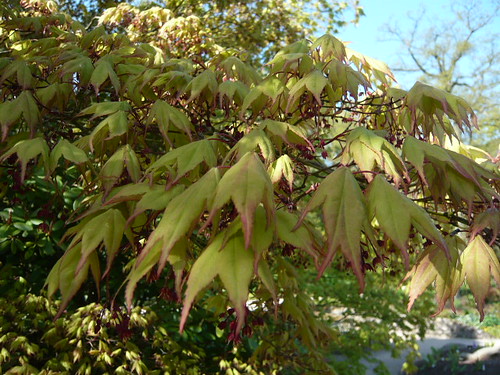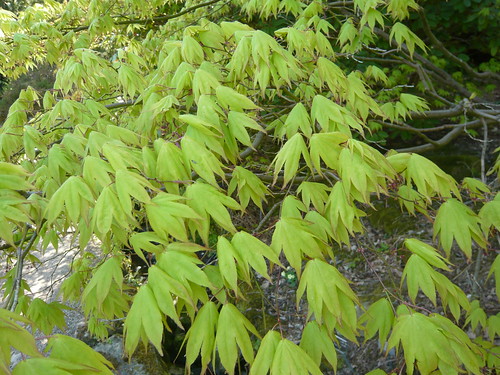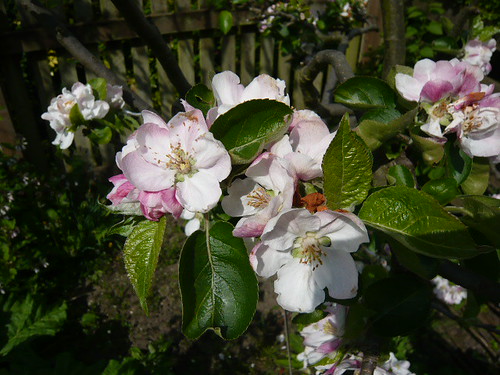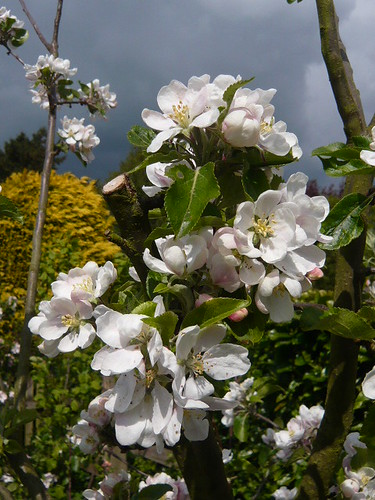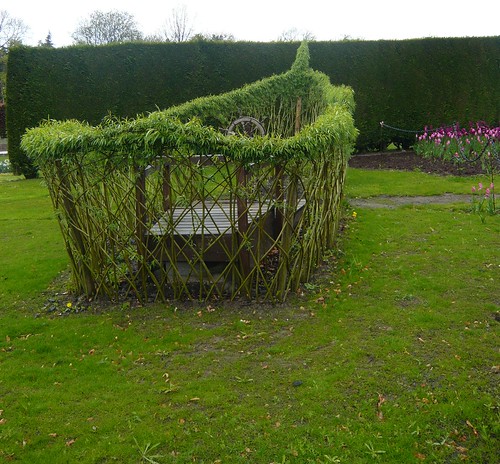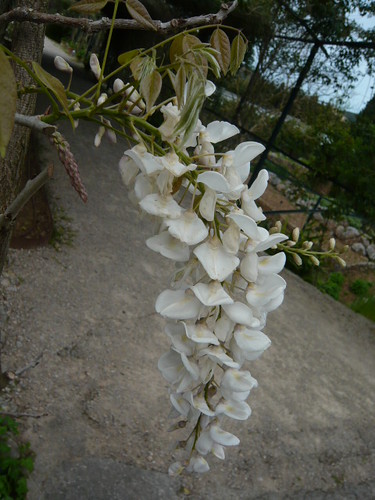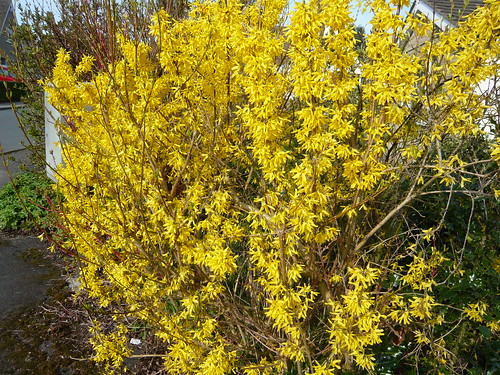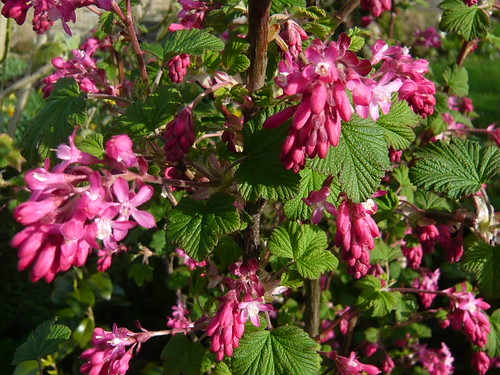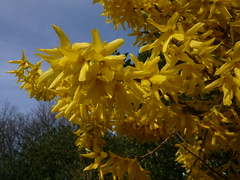Avoid Tree Damage to Buildings
Trees are great natural features in our British landscape. It is no surprise that gardeners want to grow them in their gardens.
In addition to the horticultural problems trees can cause damage that other plants do not. Broken branches and flying debris can break glass or knock down fences, roots can damage drains, trees take up water from the soil leaving it prone to subsidence and, rarely trees cause damage to foundations .
How to Avoid Tree Damage.
- Only plant trees where they are unlikely to cause direct damage or subsidence.
- Do not allow trees to overhang buildings.
- Plant trees 6 feet  or 2 m   away from boundary walls.
- Subsidence depends on many factors chiefly soil type, foundations, weather, and vegetation. Trees can increase the risk of subsidence because they take  water up from the soil. Clay soils are often worst.
- Don’t plant trees anywhere near overhead electricity lines or telephone wires.
- Ensure trees do not grow over greenhouses, conservatories or roofs.
- Prune dead wood to avoid or reduce branches breaking off.
- Keep the height of your trees below the distance to your buildings.
- Root damage to buildings is rare and subsidence is the more likely cause
- Leaking drains will get clogged up with tree roots (roots cannot get into sound unbroken drains). Maintain your drains. …


